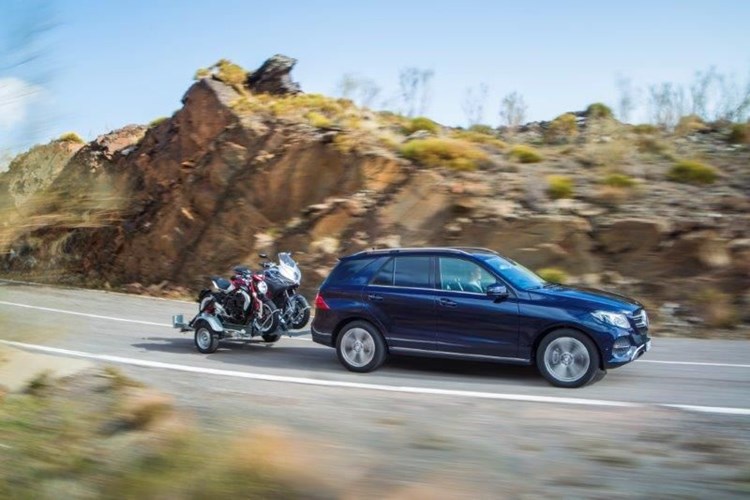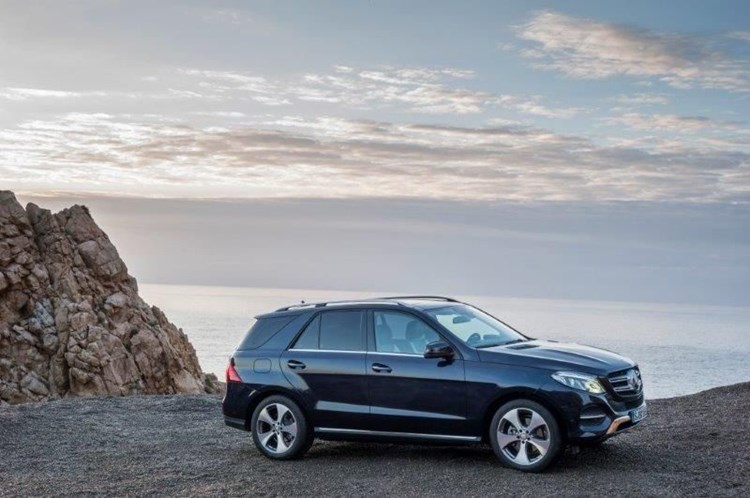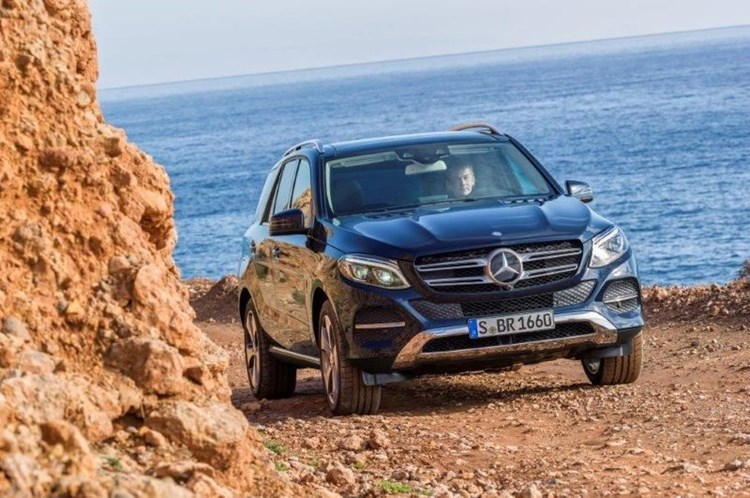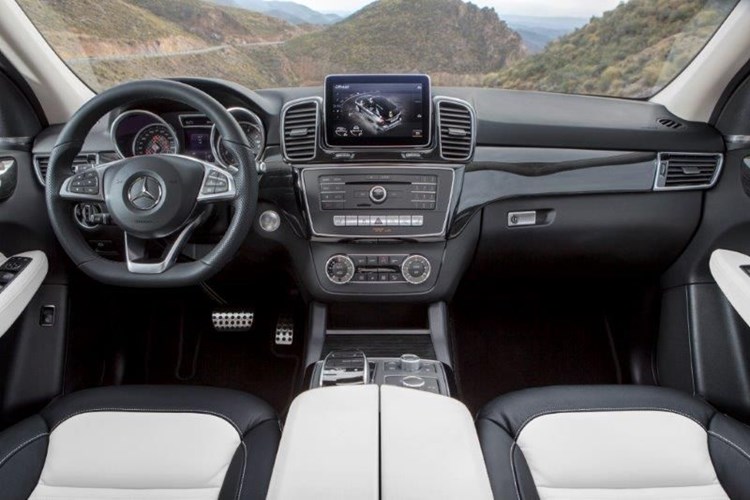And so the vehicle that was known as the ML becomes the GLE, derived from GL E-Class. Similarly the huge GL becomes the GLS, derived from GL S-Class.
Now I've just spent a week rolling in the new GLE 350d 4MATIC and, yes, it's still essentially an ML, but with upgrades that have given an already hugely competent SUV some extra polish, efficiency and elegance. Not that Mercedes' best-selling SUV really needed it.
The updates
The sharp-eyed will notice the likes of new headlamps with daytime driving lights, new front wings with arched wheel wells, and new LED tail lamps, as well as new light-alloy wheels. The interior, meanwhile, is as slick and sophisticated as you'd expect, with a bigger media display now partially integrated into the instrument panel, and silver surrounds next to the airvents plus high-gloss black surrounds, which give proceedings a very premium air indeed.
There's also a choice of new colours for the interior, including ginger beige and espresso brown, plus finishes ranging from wood type in the likes of brown burred walnut or black poplar or black piano lacquer - as well as the option of AMG carbon-fibre trim. And speaking of which, even on a machine such as this, which costs a little over a bar, there's a boggling array of options available. But naturally standard equipment levels are high, and the GLE comes fitted with close to every conceivable luxury, and almost every active and passive safety measure known to man.
Just one option that my test unit was fitted with was the Mirror Package. Among other things, this projects the Mercedes star onto the floor when opening and closing the vehicle. Nice. If you like that sort of thing. Though I do recall first seeing this feature on a Range Rover.
[article_gallery]
Now unless you opt for the Off-Road Engineering package, the big Benz is pretty tar-biased, which is just fine. Even the most capable off-roaders spend at the very least 90 percent of their time on sealed surfaces.
The engine
Power comes from a three-litre V6 turbodiesel (the days when the badge corresponded to engine size are gone). This puts down 190kW and a huge 620Nm of torque between 1,600 and 2,400rpm, yet Mercedes says it will only use 6.4 litres of diesel per 100km in the combined cycle. That's a nine percent or so improvement over the previous model.
Power runs through a new nine-speed 9G Tronic automatic 'box, and you can expect the Benz to surge from rest to 100km/h in 7.1 seconds (does anybody else remember an era when these figures were the preserve of really hot hatches, and not large diesel SUVs?). Top speed is 225km/h, and naturally it has permanent all-wheel-drive.
Verdict
Presuming you have the required money for a GLE, the single drawback to a vehicle of this ilk - whose competitors number the likes of the BMW X5 and Porsche Cayenne - is size. Most will be confined to urban use most of the time, and it's singularly disappointing to notice that as vehicles have expanded in size over the years, parking bays and roads haven't. Indeed, just the other day I went to look at a used 1987 Mercedes E-Class, and I was struck at how diminutive, almost delicate, it seemed compared to its modern equivalent. And bear in mind that back in its day this car qualified as a mid-sized executive sedan.
So if it was up to me, I'd opt for the smaller GLC, with the name being derived from GL C-Class.
You'll pay R1,038,226 for the GLE here. That includes Mercedes' brilliant six-year/100,000km maintenance plan.




















